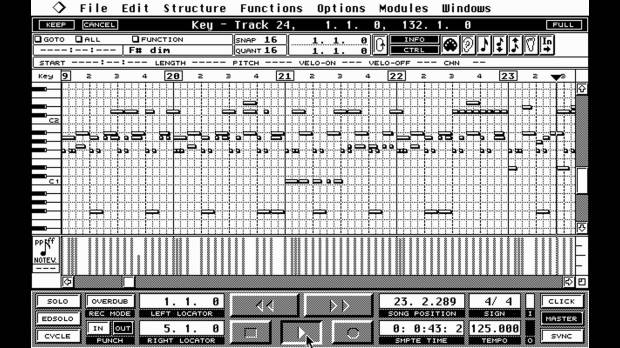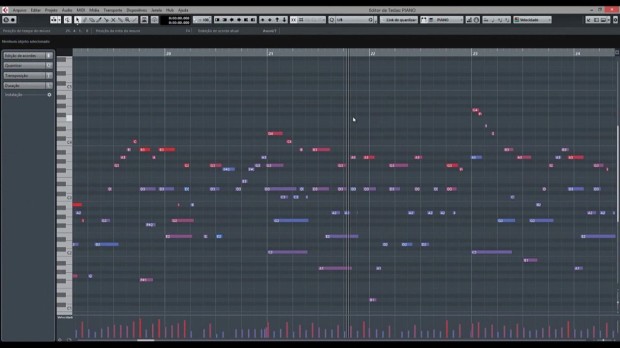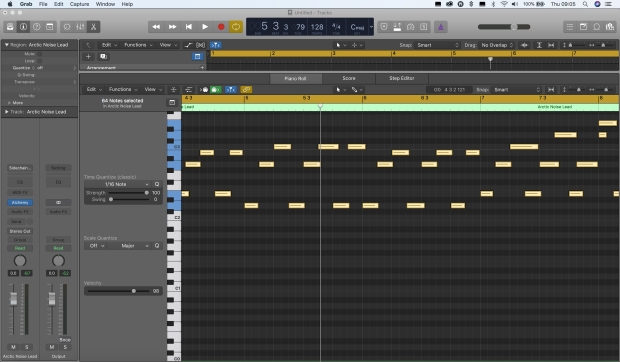So back in the 80s as you can see from my previous post we were in the land of tape and our sequencing software was by its very nature necessarily linear in every way.
Take a look at the following screen shots:
CUBCASE ON ATARI ST IN THE 1980S

CUBASE TODAY:

LOGIC TODAY:

It is immediately obvious that apart from the use of colour these screens all look very similar. Indeed if you are familiar with logic, or cubase today I would bet if I sat you down in front of an Atari ST running an 80s Cubase system you would be able to easily use it, understand it and record with it.
Is this a bad or a good thing?
It is a matter of opinion.
The original MIDI sequencers were primarily designed for the composition of music, but unless such compositions wee going to exclusively contain MIDI data (which in the world of popular music was unlikely) there was going to have to be a fairly foundation level link to the media used to record the analog components – vocals, instruments etc, and this was tape. So the linear approach was both logical and appropriate.
At the same time other people were doing different things. The companies manufacturing synthesisers and drum machines needed to provide a way to sequence things internally in those units. If you consider the drum machine context this was essentially a three stage process:
1/. Selection of the sound for each drum
2/. The creation of drum patterns which would be typically 1, 2,3 or 4 bar drum rhythms.
3/. The sequencing together of these drum patterns to make songs.
The likes of Roland and Akai came up with a neat solution to this which was a form of step sequencer programming and gave us a programming interface based around a grid, with the playhead scrolling from left to right across the grid and each row representing a different drum sound. Initially this was all dead ‘on the beat’ precision locked.
Having been successful run the drum pattern programming context this form of sequencer interface found its way into some tone generator synthesisers – notably the TB baseline synths from Roland.